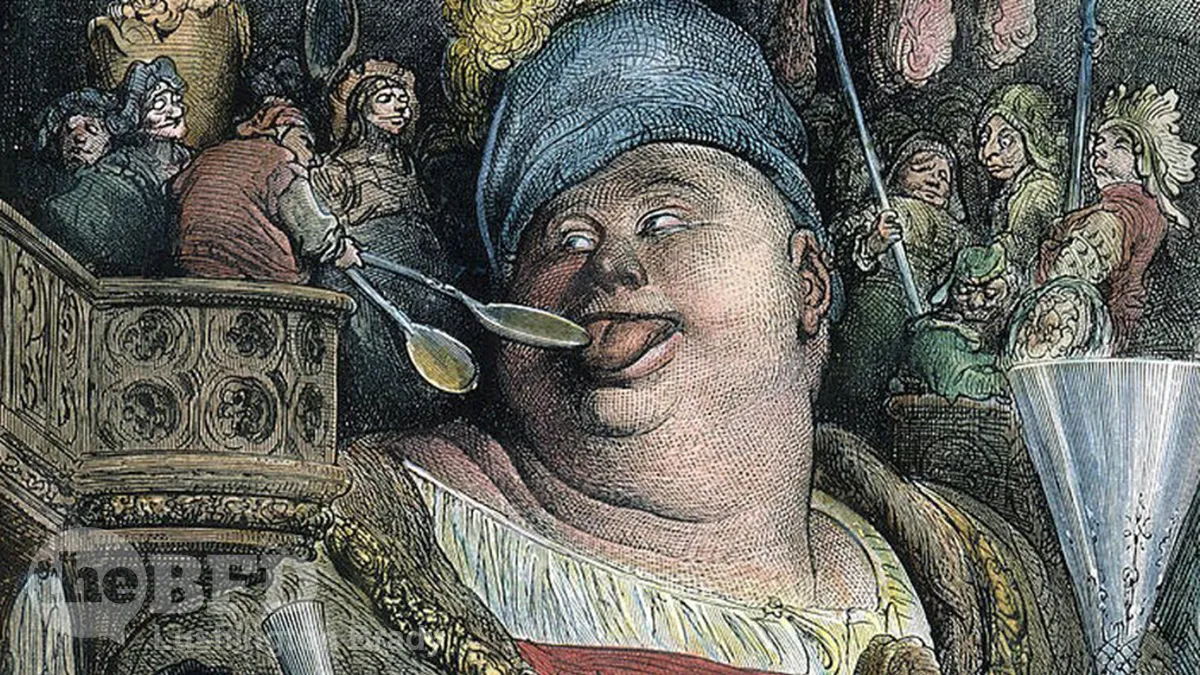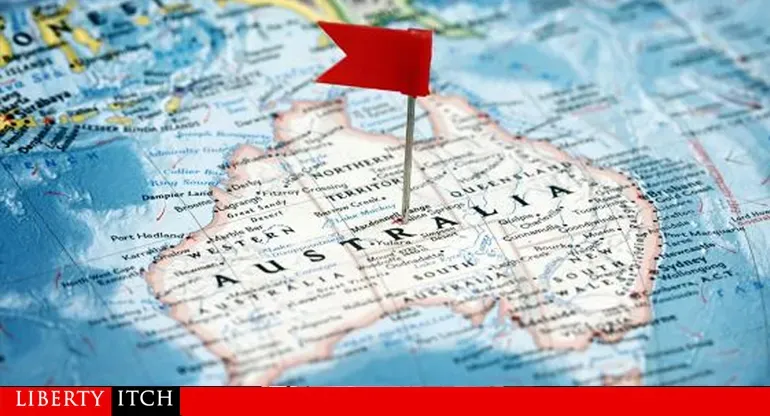Table of Contents
Should anyone really be surprised that the National Disability Insurance Scheme (NDIS) has turned into a stupendous, money-guzzling white elephant? It was, after all, another brain fart of the same Labor government that gave us the NBN (original budget $29 billion, currently up to $51 billion and counting).
In perhaps the only really good line he managed to hit in an otherwise weak election campaign, Scott Morrison hit back at Anthony Albanese’s boast that “Labor does the big things”, with the retort that “It’s always the Liberals and Nationals who have to work out how to pay for it”.
So it is that the cost of the NDIS has risen from Julia Gillard’s original supposed budget of $4 billion, to currently nudging $35 billion. The Medicare-for-Retards is already costing more than Medicare for everyone else.

But it’s all part of an overall ballooning of the welfare state that now sees the bulk of the few remaining working, tax paying Australians’ hard-earned taxes go direct to welfare recipients. Eight out of ten taxpayers working every day are working just to fund the government’s welfare bill. The NDIS is just making it worse.
The latest addition to the welfare bill is the NDIS, a scheme introduced by the Gillard government designed to support those under 65 with significant, permanent disability.
Anyone with half a brain could see where it was going to go — straight into a sea of red. But Gillard at least had a measure of rat-cunning: the vast bulk of the cost of the NDIS was budgeted beyond the Forward Estimates, meaning that it never appeared on her government’s books. It was a classic land-mine.
The initial cost was estimated at $4 billion for the year 2016-17, with funding provided by an increase of half a per cent in the Medicare levy. It was planned to cover Musculoskeletal conditions, cancer, visual and hearing impairment, and neurological conditions such as stroke, Parkinson’s disease, and spinal cord injury.
In August 2017 mental health disorders, including anxiety, depression, schizophrenia, and autism, became eligible; by November that year, the number of enrolments had increased to 120,000.
At the completion of enrolment, it was estimated that 400,000 would be supported at a cost of $14 billion.
So, already more than three times the initial budget. But this tax-guzzling behemoth is just getting started.
Forward estimates now suggest a spiralling increase to $42 billion by 2024-25 (1.5 per cent of GDP), and $46 by the following year; future figures up to $60 billion have been suggested, with as many as 860,000 supported. The government is rightly concerned as to why this has occurred, and what can be done to control costs.
A friend who worked in a regional Centrelink (our Work and Income) office, tells the story of a fellow who came up to the counter, enquiring about “How ta get one o’ them fucked-in-the-head pensions”. This is why the NDIS is ballooning: reclassifying the indigent and unemployable as “disabled”.
Since the Covid pandemic disability diagnoses have soared with up to one in five now eligible for assistance. Claims relate to ‘social-emotional’ disability (7 per cent), cognitive disability conditions (12 per cent), and physical disability (3 per cent). Since the start of the pandemic, an extra 43,000 children have been added, a 12 per cent increase; the increase in ‘lockdown’ Victoria was even more pronounced at 17 per cent.
Another explanation for the cost blowout is the increasing severity of disability classification, with individual payments increasing by an average 12.5 per cent annually.
As with all gubmint munny giveaways, the lobster pot principle applies: very easy to get into, almost impossible to get out of.
Following a revue this year, [the government] wanted to introduce an independent assessment of both diagnosis and severity of both current and future eligibility. This review and subsequent planned legislation, has inevitably produced an outcry from the welfare lobby groups, as well as the left of politics who are always happy to spend other people’s money. A simple (but unlikely) solution would be to revert to the original premise and exclude psychiatric disorders.
Welfare and disability advocates demand yet more support for the NDIS, and even suggest it saves money!
Spectator Australia
As projections of NDIS costs head toward $60 billion, that argument is harder to sustain than ever. But, with a Labor government run by a former student Marxist for at least the next three years, don’t bet on anyone on the government benches daring to disagree.
Sure, no one wants the disabled thrown on the scrap heap, but at the same time we can only hand out what we can afford. We could give every disabled person a gold-plated, rocket-propelled wheelchair but could we afford it?







